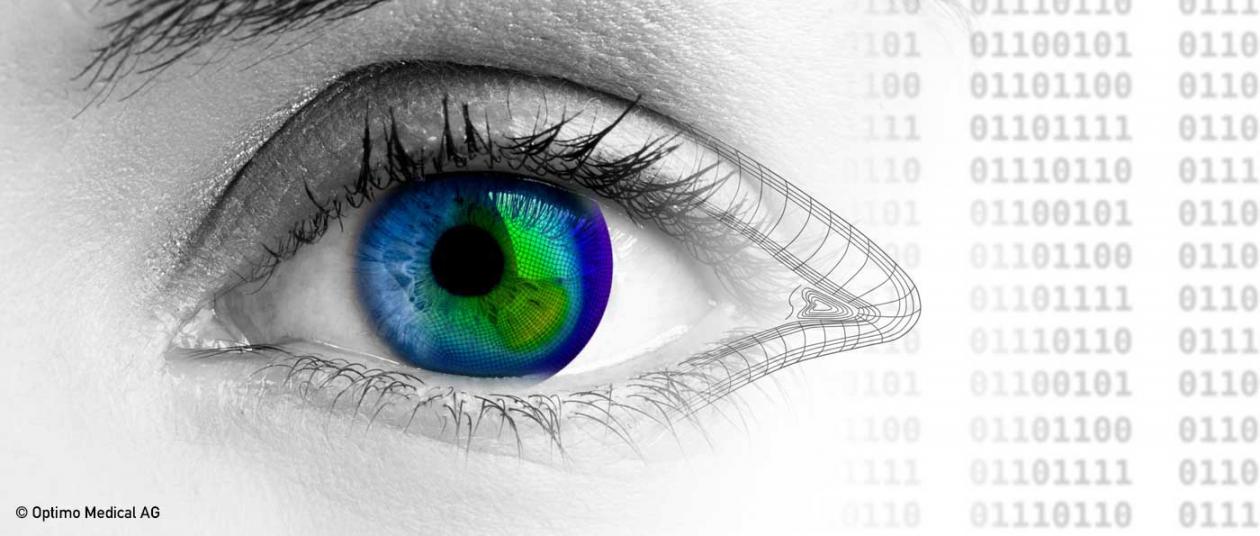Treating the keratoconus disease with fs-laser in the future
The keratoconus disease causes the cornea to get thinner over time, to lose stiffness and to bulge forward in a conical shape. In a new project, the LZH is working to extend the treatment spectrum by femtosecond irradiation. Persons suffering from the keratoconus disease lose visual acuity, possibly almost to blindness. The only treatment besides the conventional corneal transplantation is the UV cross-linking method: The B2 vitamin riboflavin is activated using UV light in order to cross-link the collagen fibers in the eye. In the FEM2CXL project, the LZH, together with two industrial partners and the Inselspital in Bern, aims to establish a cross-linking method that uses a femtosecond laser (fs laser) instead of UV light. A big advantage of the fs crosslinking is: the fabric can be treated locally with a high resolution and a high penetration depth. The surrounding tissue is not damaged. In addition, the partners want to develop a software: this application shall simulate the effect of the fs cross-linking treatment of keratoconus prior to the surgery and individually for each patient.
About FEM2CXL
The LZH project "Determination of the riboflavin concentration by multiphoton microscopy and measurement of the mechanical-biometric properties of the cornea" is a part of the joint research project "New approaches to corneal cross-linking by ultraviolet light and femtosecond lasers in combination with Finite Element Modeling (FEM2CXL)” that is funded by the Federal Ministry of Education and Research (BMBF) within the scope of the EUROSTARS Eureka program (grant number: 01QE 1807B).
In addition to the LZH, the ROWIAK GmbH from Hanover, a spin-off company of the LZH, and the Optimo Medical AG and the Inselspital in Bern, Switzerland, are involved, too.


